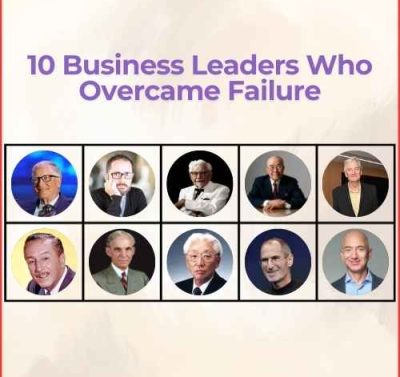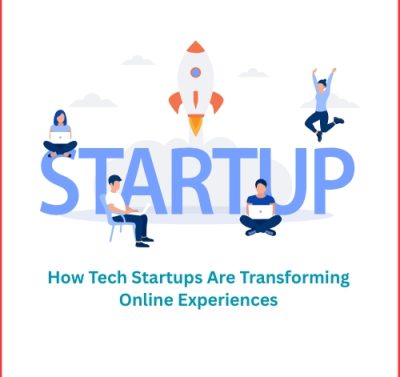The options include offering the product for free (and earning money through advertisements), pricing depending on costs, and charging what the market will bear (premium pricing). Your choice will have far-reaching effects on your company’s brand image, financial needs, and long-term viability.
To believe that you can sell below cost and make up the difference by gaining more clients is naive. Although this may seem like Business Fundamentals 101, the market is constantly evolving, so I thought it could be helpful to discuss what I believe to be the most typical revenue models in use by companies today.
Here is my most recent summary as a skilled business model, along with some advantages and disadvantages or unique considerations for each:
1. The product is free, and advertisements provide funding:
The so-called Facebook model, where your service is free and the money comes from advertising, is the one currently most frequently utilized by Online businesses and apps.
Getting the first million subscribers is the difficult part because that’s when advertising will sign up. Facebook invested $150 million in its beginnings.
2. People pay to upgrade under the freemium model:
The fundamental function is offered for free in this variant of the free business model, which is also used by LinkedIn and many other websites and mobile apps. However, premium services are only made available after paying an additional cost. In order to differentiate and turn consumers into paying customers, this also needs to reach a base critical mass.
Price is determined by product costs plus a margin. The price is set at two to five times the product cost in this more conventional pricing model to cover overhead and operating costs. If your product is a commodity, the profit margin could be as low as 10%. Use it when your new technology enables you to significantly reduce costs.
3. Price is determined by average value to the consumer:
Charge a price that is proportionate to the value provided if you can quantify a significant value or cost reduction to the customer that is more than your cost. This works for new medications and medical equipment that address pressing health issues but not for “nice to have” products like social networks.
4. Cost with inexpensive monthly subscription costs:
With monthly or yearly payments instead of a single, greater upfront cost, this is a relatively common business model used today for Internet services.
5. Tiered pricing based on customer scope and volume.
Pricing by user ranges, or volume use restrictions, is a popular strategy in product situations where an enterprise product may have one user or hundreds of thousands. Reduce the number of levels to a manageable quantity. Consumer goods and services normally aren’t covered by this strategy.
6. A portion of each transaction is revenue:
Another well-liked platform, e-commerce, and affiliate Amazon Business Model is one in which you, the transaction or product provider, receive a little percentage or royalty on each and every final sale made to clients by others. Although wholesalers have traditionally employed this strategy in retail, Amazon took the lead in this area online.
7. Affordable product, but support costs more:
In this business model, clients pay for installation, customization, training, and other services even while the product price is low or even free. This business model is effective for getting your foot in the door, however, it is really more of a services business with production costs for marketing. This model is often despised by consumers.
8. Reasonably priced features with a low entrance price:
If your product can be purchased “bare-bones” for a modest cost and with additional features charged separately, this strategy will work. Although it is a very competitive method, value at every level demands design and development work. For development, testing, documentation, and support, budget additional costs.
9. Low-cost base; profit from disposables:
With this strategy, often known as the “razor-blade model,” the basic unit is frequently sold below cost with the hope of recurring profits from pricey supplies. Think about today’s inexpensive printers with pricey ink cartridges. Be cautious because starting this model takes significant financial resources. Try the non-revenue model, sometimes known as the Twitter model, if none of these models appeal to you. In this strategy, you rely on investors to cover your costs while your valuation soars exponentially thanks to millions of paying customers. The nonprofit equivalent of this is a service that, like UNICEF, is so valuable and well-known that you can always find contributors and philanthropists. But intelligent individuals don’t plan to be one of those.
Smart people, however, don’t plan on being one of these and have the plan to validate their solution at the same time as their plan to validate their business model. You shouldn’t hesitate to bring up the topic of “profit” in conversations with a business counselor, possible partners, investors, or even clients. By making a fair profit, your project will become more than just a pipe dream for everyone.















